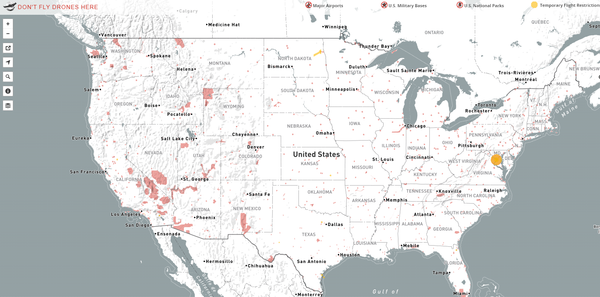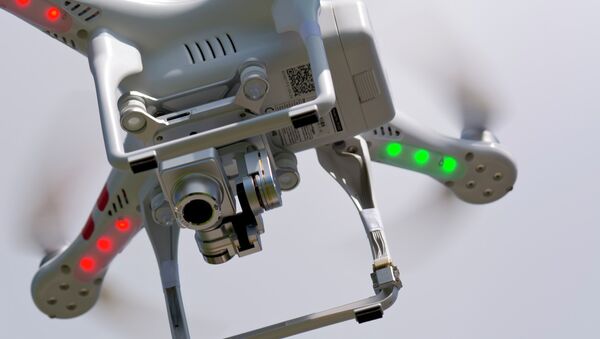In the wee hours of Monday morning, the Secret Service was alerted to a buzzing sound and shortly after found a crashed toy drone, about two feet in diameter, on the South Lawn of the White House.
The incident was not just touted as the latest in a long list of security lapses that’s been embarrassing for the Service. It’s also sparked a national conversation about the lack of regulations on the use of domestic drones.
And all because one intelligence staffer had a little too much to drink. On a Sunday night. Perhaps he was counting on history’s “worst blizzard ever” getting him out of work the next morning when he decided that 3 AM was the perfect time to play with a friend’s quadcopter. The unnamed man, an employee of the the National Geospatial-Intelligence Agency, had apparently been drinking at a nearby apartment when he lost control of the drone.
— Peter W. Singer (@peterwsinger) January 26, 2015
Monday morning, his friends, who he had texted in a bit of a panic when he’d lost the device, called to let him know the broken little drone was splashed all over the news and social media. In the sober light of day, he decided it was best to fess up.
The drone was small enough to get past security measures designed with much larger aircraft in mind. The kind of quadcopter that crashed at the White House is a popular model for hobbyists and can easily be purchased for a few hundred dollars online.
The president himself said the incident indicated that there is an urgent need to figure out how to regulate these increasingly popular aircraft — even the ones sold as toys.
"I've actually asked the FAA and a number of agencies to examine how we are managing this new technology. Because the drone that landed at the White House you buy in Radio Shack. You know that there are companies like Amazon that are talking about using small drones to deliver packages…We don't really have any regulatory structure at all for it," President Obama said in an interview with CNN's Fareed Zakaria.
Drones Take Off, Regs Lag Behind
A quick search on Amazon can get you just a click away from a variety of drones — from simple, small, $60 models to versions of the DJI Phantom 1 that crashed at the White House that’ll cost $500-$1100 or so depending on features like mounted cameras.
And though they are (apparently) user-friendly enough for a mildly inebriated person to operate, laws governing their use exist as a patchwork of local regulations, without much in the way of federal oversight.
In Washington D.C., for example, it’s illegal to fly drones — even these little recreational ones — at all. But for the moment, prohibitions like this are inconsistent across the nation’s airspace.

Rules are so inconsistent, one enterprising data analyst has started an open-source mapping project to let drone fans know where it’s safe to fly — asking users to contribute information on new no-fly zones as they come up. These zones have mostly been imposed around military installations, and voted in by cities and towns on a case-by-case basis.
In November however, the National Transportation Safety Board ruled that the federal government has the authority to regulate drones like aircraft and potentially, to ban them across the country.
A federal judge had previously ruled that when the Federal Aviation Administration fined a drone operator for a “reckless flight” over the University of Virginia in 2011, they overstepped the bounds of their authority.
When the NTSB overturned that ruling, they “affirmed the agency's position that unmanned aircraft systems (UAS) meet the legal definition of ‘aircraft,’ and that the agency may take enforcement action against anyone who operates a UAS or model aircraft in a careless or reckless manner,” the FAA responded in a statement.
So, the lesson is: the wild days of (relatively) free-wheeling drone operation may soon come to an end, the days of drunk droning or even the innocent drone selfie, or “dronie” may be numbered.
— Bobby Sudekum (@bobws) April 20, 2014



